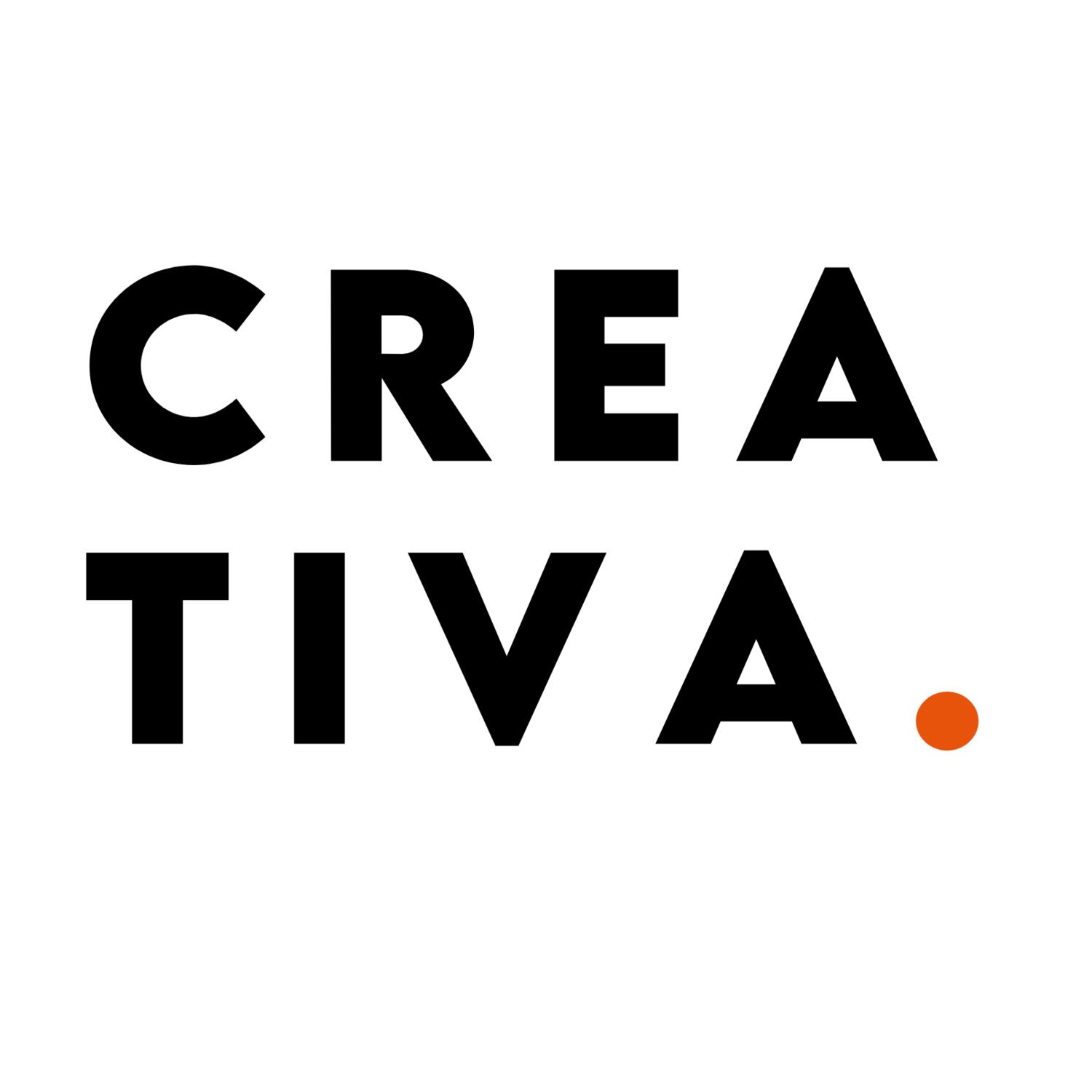India International Hospitality Expo
Background
India Exposition Mart, Greater Noida, is one of Asia’s largest venues for exhibitions and conventions.
Their vision was to move beyond leasing out their venue to global corporations for events, expos and conferences and set up an event they owned completely. India Exposition Mart zeroes in on hospitality and F&B as a growing sector in the country and plans to create a B2B show in the space.
We helped them realise their vision of setting and scaling up their first ‘own show’ ever, naming it India International Hospitality Expo (also known as IHE).
Our work for them included everything right from setting up the show’s structure from a strategic standpoint, to the brand identity and communication, including photography and cinematography.

Challenges
An established trade show competitor (about 3 decades old) which wasn’t specialising in hospitality offerings but was getting footfalls from IHE’s target audiences (Hospitality and F&B C-Suite Executives, Entrepreneurs and Procurement decision makers).
The venue (in this case, the organiser too) was not in close proximity, situated about 40 kilometres away from the National Capital Region, making it inaccessible for a lot of people.
Opportunity
Lack of a dedicated, curated B2B hospitality and F&B show, though the sector was booming in the country.
Our approach
Being the only hospitality and F&B show focusing on B2B visitors, we positioned IHE as an authority on the B2B hospitality and F&B space, a destination for procurement and networking, with decision-makers in the industry.
We aimed to break through the clutter of existing traditional trade shows claiming to cater to the hospitality industry. None of them was truly owning the space in a relevant manner. We integrated all industry bodies for buyers and vendors and gave them a platform to engage and grow together.
Visual language and communication
Considering our idea was to position IHE as a networking event and not just a trade show, our colour palette was carefully chosen to include colours that define luxury, and were well accepted in the hospitality sector.
Hence, we went with shades of blacks, greys and whites, whereas the industry norm was to use bright blues, yellows and reds, making all the trade shows look alike. Our strategy was to differentiate ourselves and how we looked in this sea of sameness.
'They were here’
To showcase this as a networking platform, we highlighted the thought-leaders, successful hoteliers and restaurateurs we had hosted over the first two editions at IHE across our communications.
Print Collaterals
Here’s some of the print collaterals we had worked on for the show
While most other expos follow an approach of ‘one-size-fits-all’ and end up selling the show with a single brochure, we created targeted communication aimed at different audiences and designed a series of flyers, brochures as well as emailers. For e.g. our flyer for international participants featured testimonials from ambassadors and trade commissions of participating countries while our communication aimed at mixology enthusiasts focused on the experiences we planned for them. While there was a master brochure highlighting the complete event flow, having specific collaterals for each event ensured our messaging wasn’t missed out on.
The pitch across newspaper ads was also about the scale of the show and quality buyers it was going to host.

In 2 years, IHE became Asia’s Biggest Hospitality and F&B Show
In addition to working on event concept, complete visual identity and creative execution at the event, we also worked on visitor acquisition.
Visitor Acquisition
Our team worked on building the brand’s visitor registration mechanism by redirecting targeted users from Facebook, Instagram and LinkedIn.
Visitor Engagement
To keep the registered visitors engaged, we continued to send them information and updates on IHE through emailers every week as well as occasional print collaterals.















